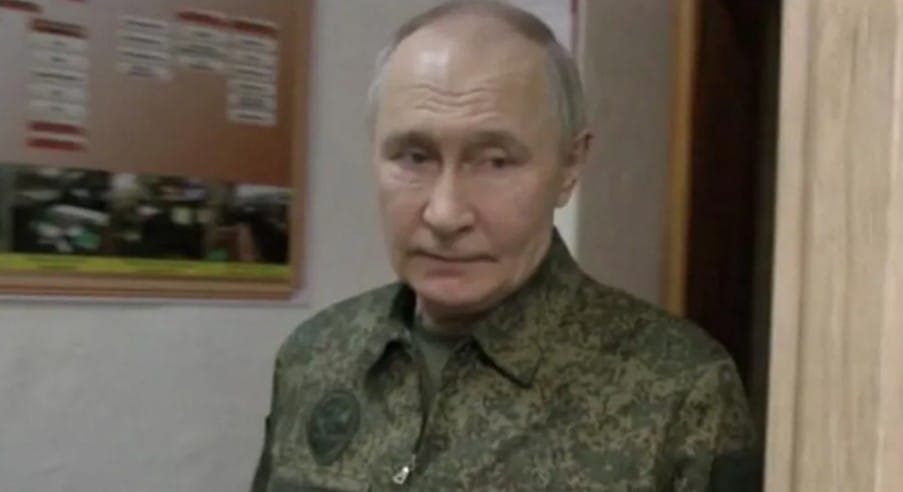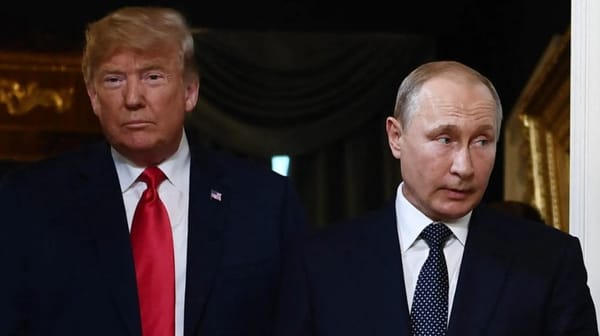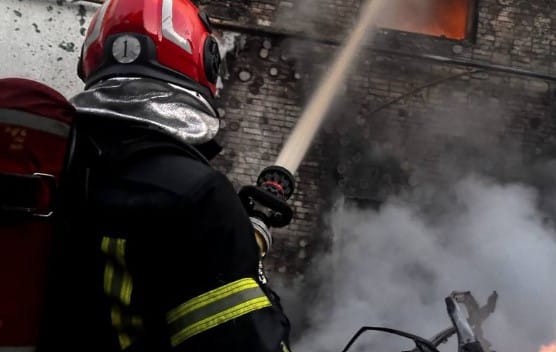Russian Military Reshuffling and Strategic Build-Up: Sustaining the Ukraine War and Preparing for NATO Confrontation

Introduction
Russia’s invasion of Ukraine has entered its fourth year, but the Kremlin shows no signs of de-escalation. Instead, it is accelerating a dual-track strategy: reshuffling its military leadership to address battlefield inefficiencies while aggressively expanding its armed forces to sustain the war and prepare for potential conflict with NATO. The Russian military aims to grow its ranks by 350,000 personnel, targeting a total force of 1.5 million soldiers. This build-up is not solely focused on Ukraine; it reflects a broader ambition to reconstitute Russia’s military for long-term confrontation with the West, particularly in the Baltic Sea region and the Arctic. Below, we analyze the structural, strategic, and geopolitical implications of these developments.
I. Reshuffling the Military Command
Leadership Overhaul Amid Stalled Progress
Russia’s military leadership has undergone significant turbulence since the invasion began. The most notable recent development is the rumored replacement of Chief of the General Staff Valery Gerasimov, who has faced criticism for Russia’s inability to achieve decisive victories despite heavy casualties. Gerasimov’s reported medical evaluation in May 2025 has fueled speculation about a broader purge of senior commanders perceived as underperforming.
The reshuffling extends beyond Gerasimov. Regional commanders in charge of key axes, such as the Donetsk and Kherson fronts, have been replaced multiple times since 2023. These changes reflect the Kremlin’s frustration with tactical stagnation and its desire to inject new leadership into the war effort. However, the frequent turnover has also disrupted command cohesion, contributing to the Russian military’s reliance on attritional infantry assaults rather than complex operational maneuvers.
Centralizing Control Over Volunteer Units
The Kremlin is tightening its grip on informal volunteer formations, such as the Russian Combat Army Reserve (BARS), to prevent the rise of autonomous warlords. A recent decree exempted veterans of these units from future conscription, incentivizing loyalty to the state. Additionally, the “Time of Heroes” program fast-tracks veterans into local government roles, creating a cadre of regime-aligned officials who could help suppress domestic dissent during prolonged mobilization.




